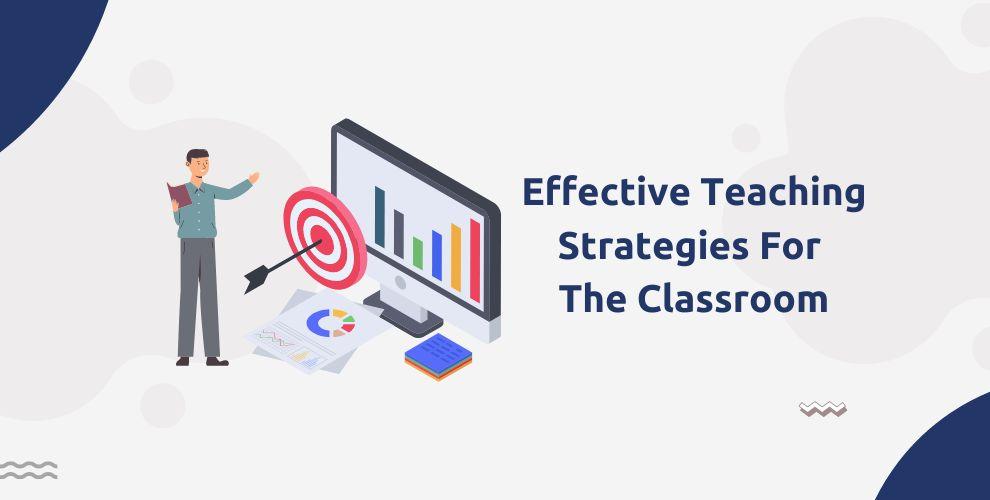Balancing Fun and Learning: Top Strategies for Educators to Engage and teach Effectively
Achieving the right balance between fun and learning is a cornerstone of effective education. Today’s students thrive in environments where engagement and enjoyment go hand-in-hand with skill-building and knowledge acquisition. Whether you’re a seasoned educator,a new teacher,or a school administrator,embracing innovative teaching strategies can transform your classroom into an inspiring hub of activity and achievement. In this article,we’ll delve into proven tactics,practical tips,and real-world examples to help educators engage students,enhance retention,and teach effectively—while ensuring the process remains enjoyable for everyone.
Why Balance Fun and Learning?
Integrating fun into learning isn’t about sacrificing academic excellence for entertainment. Rather, it’s about harnessing student curiosity, promoting active participation, and creating memorable learning experiences. Here are some compelling benefits:
- Increased Engagement: Fun activities captivate students’ attention and boost intrinsic motivation.
- Enhanced Retention: Enjoyable lessons are more memorable, leading to better knowledge retention.
- Positive Classroom Environment: balancing fun and learning cultivates a supportive and enthusiastic atmosphere.
- Development of 21st-Century Skills: Creative tasks encourage critical thinking, collaboration, and problem-solving skills.
Top Strategies for Engaged, Effective Teaching
Integrating fun and learning requires thoughtful planning and a willingness to experiment. Here are some of the most impactful, research-backed strategies for educators:
1.Gamification in Education
Gamification transforms ordinary lessons into dynamic, interactive experiences. By integrating game elements such as points, badges, leaderboards, and rewards, teachers foster competition and collaboration. Effective approaches include:
- Quiz Platforms: Tools like Kahoot! and Quizizz make assessments enjoyable and encourage participation.
- Role-Playing Activities: Simulate real-world challenges where students adopt roles and solve problems together.
- Classroom Challenges: Break lessons into “missions” with rewards for completion.
2. Project-based Learning (PBL)
PBL invites students to explore real-world questions and produce tangible results. This hands-on approach not only promotes critical thinking, but also allows for creativity and teamwork. Practical tips for successful PBL include:
- Begin with an engaging question or challenge relevant to students’ lives.
- Encourage student choice in project topics or final products.
- Celebrate and showcase the results, boosting student pride and engagement.
3. Integrating Technology Thoughtfully
Leveraging digital tools enhances both fun and learning. Integrate technology with clear objectives, using apps and platforms that support collaboration, creativity, and exploration. Examples include:
- Interactive Whiteboards: Encourage group brainstorming and visualization.
- Educational Games: Use adaptive games to reinforce challenging concepts.
- Collaboration Tools: Platforms like Google Classroom foster dialog beyond the classroom.
4. Creative Classroom Activities
Innovation shouldn’t be limited to special events. Day-to-day lessons can be transformed by fun, creative activities:
- Storytelling and Skits: Bring lessons to life through dramatic reenactments or story creation.
- Arts Integration: Use music,drawing,or crafts to solidify key concepts.
- Movement Breaks: Incorporate kinesthetic learning, especially for younger students.
Practical Tips for Balancing Fun and Learning
- Know Your Students: Adapt activities to fit varied interests, learning styles, and abilities.
- Set Clear Objectives: Ensure that every fun activity aligns with the educational standards and learning outcomes.
- Monitor Classroom Dynamic: Pay attention to engagement levels and be ready to adjust your strategies as needed.
- Encourage Reflection: Have students discuss what they enjoyed and what they learned after each activity.
- Clarify Expectations: Communicate when it’s time for structured learning versus unstructured fun, using visual cues or music as transitions.
Case Studies and First-hand Experiences
Real-world stories highlight the transformative power of balancing fun and learning in the classroom:
Case Study 1: Gamified Math Lessons
Ms. Roberts, a fifth-grade math teacher, noticed her students struggled with fractions. She introduced fraction bingo, digital scavenger hunts, and collaborative escape room challenges using math puzzles. Within weeks, student engagement—and test scores—substantially improved.
Case study 2: Cross-curricular Project-Based Learning
at a middle school, a science and language arts team launched a “Science Newsroom” project. Students researched environmental topics, conducted experiments, then wrote articles and created videos. Not only did students master science content, but their communication and media skills blossomed.
First-Hand Insight
“My students are more willing to take risks and share ideas when lessons are fun and interactive. Engagement leads to genuine curiosity, and students remember what they’ve learned much longer.” – Mrs. Alvarez, elementary teacher
Common Challenges and How to Overcome Them
-
Classroom Management:
Fun activities can become chaotic if boundaries aren’t clear. Set and enforce expectations consistently, and use group contracts or classroom agreements for collaborative projects.
-
Time Constraints:
Integrating fun activities doesn’t have to take up extra time. Use short, focused games as transitions or rapid assessments to reinforce learning without derailing lesson pacing.
-
Assessment Worries:
Ensure that play-based or project-oriented learning is tied to clear objectives and measurable outcomes. Use rubrics and reflective journals to assess both engagement and mastery.
Best Resources for Engaged Teaching
Access to high-quality resources can make balancing fun and learning easier:
- Kahoot! and Quizizz for gamified quizzes.
- PBLWorks for resources on project-Based Learning.
- TeachThought for innovative teaching strategies.
- Common Sense Education for technology integration tips.
Conclusion: Building Lasting Impact Through Fun and Learning
Balancing fun and learning is both a science and an art. By blending engaging activities with clear instructional goals, educators can foster deeper understanding, joy, and lifelong curiosity in their students. Adapt these strategies to your teaching style and classroom needs—you’ll not only see improved academic outcomes, but also witness your students’ enthusiasm for learning soar.
Ready to transform your teaching? Start small, reflect often, and watch the magic happen when fun and learning work in perfect harmony.

